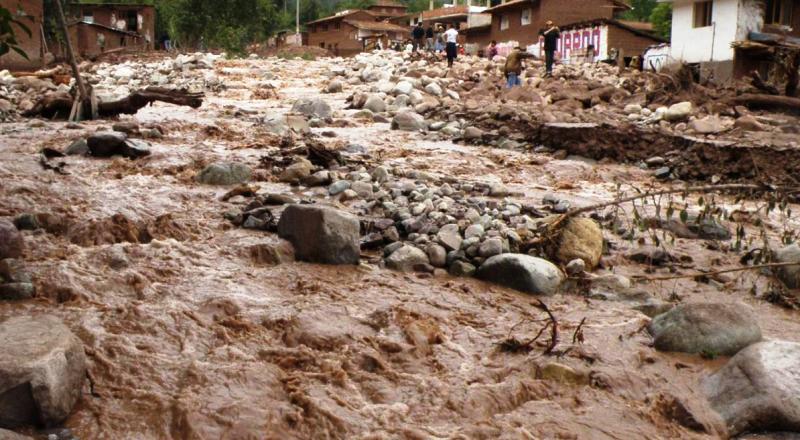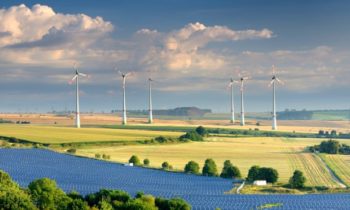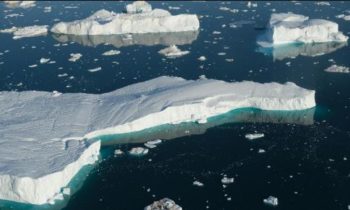
A history by 33 El Ninos since 1901 has indicated that climate change can make for more vicious storm patterns, as per a study published Monday in the Proceedings of the National Academy of Sciences, as indicated by an article in the Associated Press.
Since 1970, the study says, El Ninos—a warming of the equatorial Pacific, which eventually triggers worldwide weather extremes—have been forming further and further toward the west. With the weather pattern forming in warmer waters, the resultant El Ninos have become stronger after some time at times. Prior to 1978, 12 of the 14 El Ninos formed during the study’s time period formed up in the east. After 1978, all but 11 were western phenomena.
El Ninos can cause drought conditions in drier climates, for example, Australia, Saudi Arabia or India while causing flooding in wetter climates, for example, the Pacific Northwest or England. It makes winters milder and wetter and causes more hurricanes in the Pacific versus the Atlantic.
Be that as it may, El Ninos can be very savage. During the 1997-98 El Nino, thousands died worldwide from serious heat waves, high amounts of flooding, extreme storms, tornadic activity, wildfires, and drought. Around the world, the storm cost somewhere close to $32 billion and $96 billion in harms, as per an estimate by the United Nations.
El Nino’s moderate however steady shift away from International Dateline, eastward of the Deadline yet generally westward, is critical to note due to the glow of the water in the west, as indicated by study lead author Bin Wang, an atmospheric researcher at the University of Hawaii.
Wang called attention to that there have been three “super” El Ninos, in 1982, 1997 and 2015. Every one of the three began in the west. During every one of those El Ninos, the world broke new average temperature records.
Numerous forecasters foresee a total absence of an El Nino or La Nina—the colder atmospheric counterpoint to El Nino, which causes heavy rains in dry atmospheres and drought conditions in wet atmospheres—during the up and coming winter months.
La Ninas were not part of the published study.
Disclaimer: The views, suggestions, and opinions expressed here are the sole responsibility of the experts. No Opinion Bulletin journalist was involved in the writing and production of this article.



